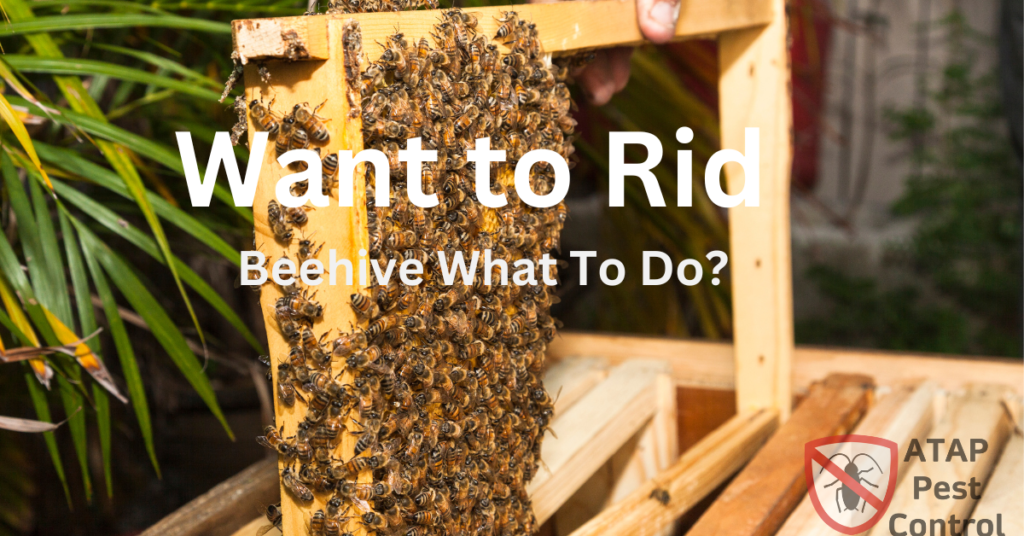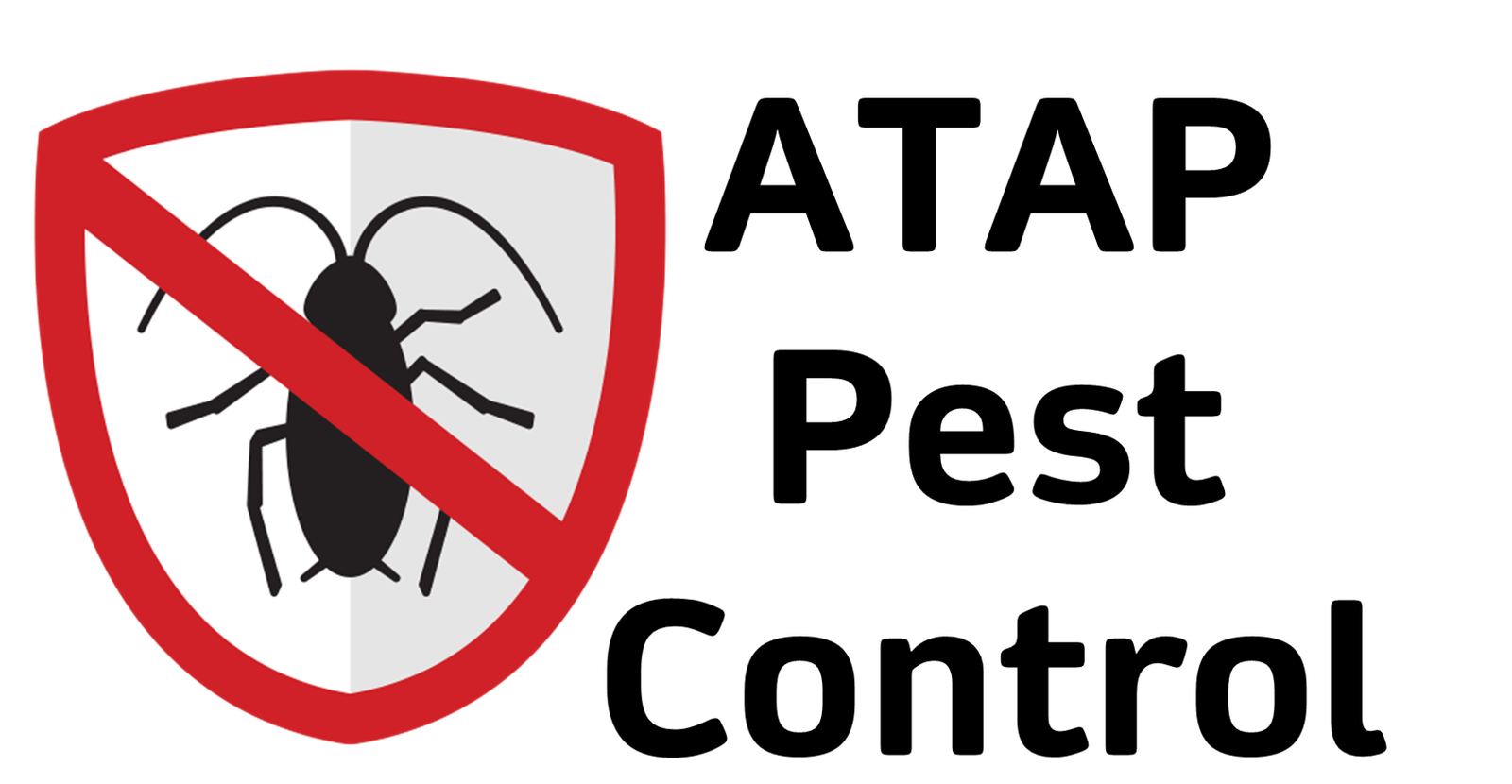Beekeeping is becoming more popular every day, and it’s important to know what to do in order to properly care for your hive. When you find out Beehive, what to do?

In this article, we’ll provide an overview of the most important things you need to do when looking after a beehive.
From knowing how to check for queen health and manage pests to understanding the importance of proper nutrition and grooming, we’ll cover it all.
With the right knowledge and effort, you can ensure your hive remains healthy and productive!
Checking For Queen Health
It is important to check a beehive regularly to ensure the queen bee is healthy and active.
Many beekeepers worry that this process is difficult or time-consuming, but in reality, it doesn’t need to take long at all.
To check for queen health, you can simply do a quick scan of the hive for signs of her presence.
Look for eggs and larvae, which indicate that she is actively laying and the colony is healthy.
You can also look for her by inspecting the frames for her distinctive markings.
If you don’t find any evidence of the queen, then it’s time to start looking more thoroughly.
Moving on from queen health, managing pests within a beehive can be tricky business if not done correctly…
Managing Pests
Once you’ve assessed the health of the queen, it’s time to move on to managing pests. A healthy beehive is essential for the colony’s success, and pests can quickly cause problems if not addressed. You should know how to bee control or contact any expert.
One of the most common hive pests is the small hive beetle, which can wreak havoc on a bee colony if left unchecked. To control this pest, it’s important to keep an eye out for signs of infestation and take steps to protect your hive from invasion. This might include using traps or chemicals, or just keeping a close eye on the hive and removing any beetles you spot.
Another pest to watch out for are wax moths, which can lay eggs in the comb and cause damage by eating through wax and honeycomb. It’s important to monitor your hives regularly and remove any moths or larvae you see before they can cause too much damage. If necessary, you can use chemical treatments or fumigation methods to get rid of wax moths.
Providing proper nutrition is key for keeping a colony healthy and thriving. Honey bees rely heavily on nectar and pollen as their main sources of food and nutrition, so it’s important that they have access to these resources in order to stay strong throughout all stages of life. Beekeepers should make sure there are plenty of flowering plants nearby that produce nectar and pollen for their bees to feed on year-round.
Offering supplemental feeders filled with sugar syrup can also help support a healthy colony when there is a shortage of natural resources available.
Providing Proper Nutrition
Proper nutrition is essential for the health and growth of a beehive. To ensure that the hive is well-fed, beekeepers must provide food sources such as nectar, honey, and pollen.
Nectar is the primary source of nutrition for bees, providing them with carbohydrates for energy and protein for overall development. Honey is another important nutrient for bees; it contains fats, proteins, and minerals. Pollen should also be provided to feed young bees as it contains vitamins, minerals, and essential fatty acids.
Beekeepers must also ensure that the food sources are fresh and plentiful. If nectar or pollen becomes scarce in the environment due to weather or season changes, beekeepers may need to supplement their hives with artificial sources of these nutrients. Without proper nutrition from natural or artificial sources, a beehive can become weak or sickly over time.
To maximize bee health and productivity in the hive, beekeepers should make sure that their hives have ample access to nutritious food sources throughout the year. With this in mind, transitioning into grooming the bees is an important next step in keeping a healthy beehive.
Grooming The Bees
Grooming the bees is an essential task in beekeeping, and it requires a special set of skills that not everyone possesses. It takes a unique level of expertise to groom these tiny creatures and make sure they stay healthy. It’s time-consuming and often tedious work, but it’s also incredibly rewarding!
Here are the four key steps to grooming your bees:
- Carefully inspect each bee for mites and any signs of illness.
- Gently brush away excess pollen from the bees’ bodies.
- Provide the appropriate amount of food for the hive.
- Requeen the colony if necessary.
Groomers should be gentle and patient with their bees, taking care not to disrupt them too much as they go about their day-to-day activities. Properly caring for your bees can help ensure that your hive remains productive and healthy for years to come.
To keep your hive running smoothly, monitoring temperature is also critical. As temperatures rise or dip unexpectedly, you need to take action quickly in order to protect your colony from harm.
Monitoring Hive Temperature
Monitoring hive temperature is an important part of beekeeping. It’s essential to ensure that the hive is at the optimal temperature for the bees’ health and comfort. The best way to monitor this is with a thermometer, which should be placed near the center of the cluster of bees.
Checking the temperature regularly will help you determine if it’s too hot or too cold for your colony, so you can make adjustments as needed.
It’s also important to keep an eye on humidity levels in the hive. If it gets too humid inside, condensation can build up on the walls and create an environment that isn’t suitable for bees. To reduce moisture, use a dehumidifier or open up ventilation holes in the top of the hive box. Additionally, make sure to keep an eye on any water sources nearby, such as puddles or streams, and place screens over them if necessary.
Finally, it’s important to check for signs of pests or diseases in your hive. Inspecting frames regularly and looking out for symptoms like mites or fungi can help you identify problems early and take steps to address them quickly before they become more serious issues.
Taking these precautions will help your colony stay healthy and productive over time. With proper monitoring and maintenance, your beehive will thrive!
To keep things running smoothly, regular cleaning of all equipment used in beekeeping is essential. This includes removing debris from frames, cleaning out old honeycomb from boxes, replacing old wax foundation with new ones, and more.
Keeping The Hive Clean
After ensuring the hive is at the right temperature, it’s time to focus on keeping the hive clean. Bees are incredibly efficient and organized creatures and they need a neat and tidy environment to thrive. Just like humans, bees can get stressed out if their home isn’t kept in order. A good analogy for this is someone having to work in a messy office; it’s hard to be productive when everything is chaotic and cluttered.
To keep the hive clean, beekeepers should inspect their hives every few weeks. They should look for dead bees or other debris that might accumulate inside or near the entrance of the hive. They should also check for burr comb – this is a honeycomb that has been built outside of where it should be, which can cause problems with ventilation and insulation. If left unchecked, burr comb can lead to overcrowding, disease, and mites infestations.
Beekeepers should also practice regular maintenance on their hives by scraping off propolis (or ‘bee glue’) from the frames and screens within the hive. Propolis helps protect bees from disease but too much of it can clog up their home and make it difficult for them to move around freely.
Taking a little bit of time each week to scrape off excess propolis will ensure that your bee colony remains healthy and productive.
Frequently Asked Questions
What Is The Best Kind Of Hive To Use?
The best kind of hive to use for beekeeping depends on your individual needs.
For beginners, a Langstroth hive is a great choice because it’s easy to assemble and comes with removable frames or boxes. It’s also popular among hobbyists since it can be expanded as the colony grows.
An observation hive is a great option for those who want to observe their bees without having to open up the hive.
Warre Hives are better suited for those seeking a more natural approach, as they don’t require any maintenance or harvesting of honey.
How Often Should I Check On My Hive?
For many beekeepers, the success of their hives can come down to how often they check on them.
It’s like a relationship between two people; the more time you spend together, the better it will become.
Checking your hive regularly helps to ensure that issues are caught early and can be addressed quickly while also allowing you to observe any patterns in the bees’ behavior that may help inform decisions such as when to feed them or harvest honey.
Ultimately, checking your hive should become part of your weekly routine if you want to make sure your bees remain healthy and happy.
How Do I Know If My Hive Is Overcrowded?
Knowing when your beehive is overcrowded is essential for successful beekeeping. Signs of an overcrowded hive include a large number of bees on the outside of the hive, a decrease in honey production, and an increase in swarming behavior.
If you notice any of these signs, it’s important to take steps to reduce the population inside your hive. This can include adding additional hives or frames, splitting the existing hive into two separate colonies, or utilizing drone comb removal techniques.
Is It Necessary To Wear Protective Gear When Checking On My Hive?
It is absolutely necessary to wear protective gear when checking on your beehive.
This includes a beekeeping suit and veil, gloves, and boots.
You don’t want to risk having any bees sting you while you’re checking the hives.
Not only could this be painful, but it can also lead to serious health complications.
It’s also important to wear light-colored clothing so that the bees don’t mistake you for a predator.
How Can I Tell If My Hive Is Healthy?
To tell if your hive is healthy, look for signs such as the presence of bees coming and going from the entrance, evidence of wax building, and an active queen.
Make sure to inspect the frames, too – they should be full of pollen and honey, with larvae and eggs visible in some cells.
If you see any signs of disease or pest infestation, take action immediately.
Conclusion
In conclusion, caring for a beehive requires knowledge and dedication. It’s important to choose the right kind of hive, as it will give your bees the best possible environment.
Checking on your hive regularly is also key – this helps you to identify any potential problems early. When checking on your hive, make sure you are wearing protective gear to protect yourself from being stung.
Read on our advice; what is the difference between beehive vs. wasp nest? Finally, look for signs that your hive is healthy, such as an abundance of honeycomb or a steady buzz of activity – like a well-oiled machine! With time and patience, you can create a beautiful beehive that hums with life and productivity – like a jewel box sparkling in the sun! ATAP Exterminators are well-known beehive removal in Chicago. Contact them at (708) 980-0092 without any hesitation if you’re living nearby.
